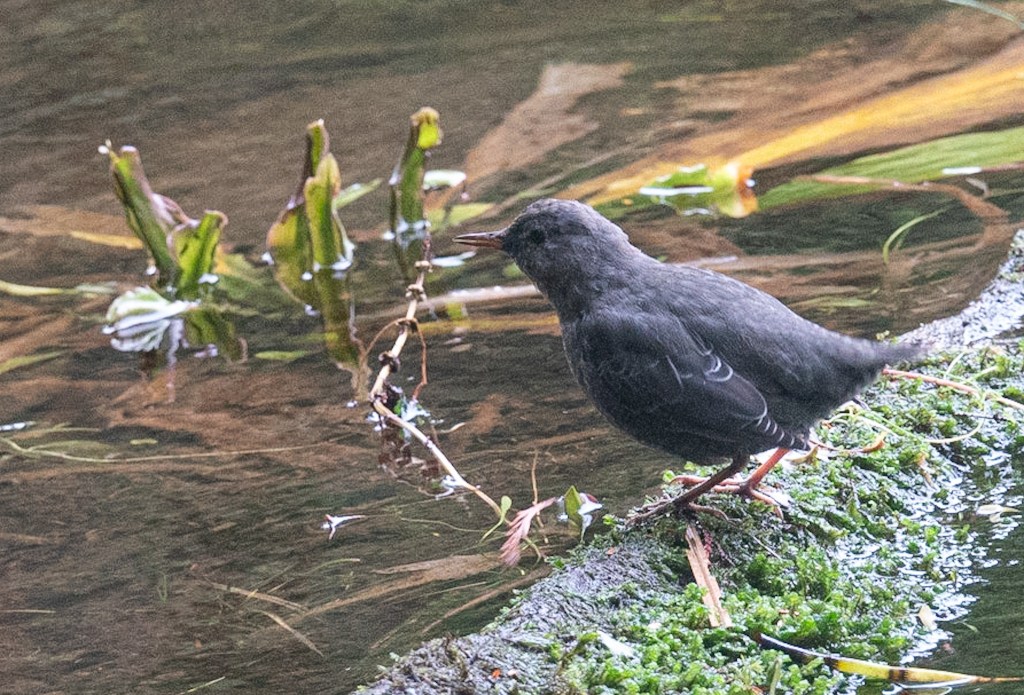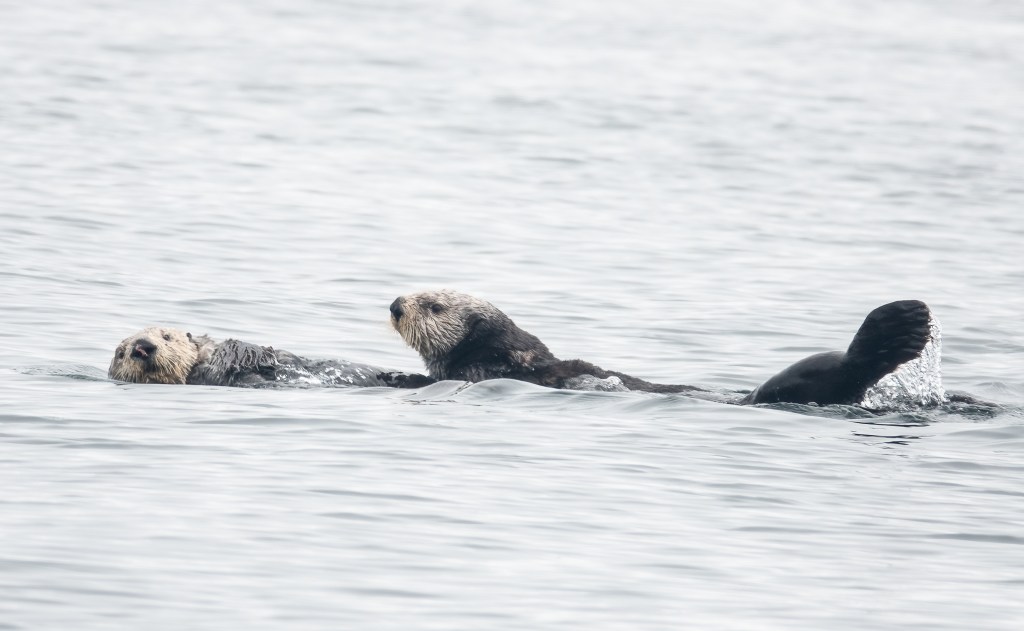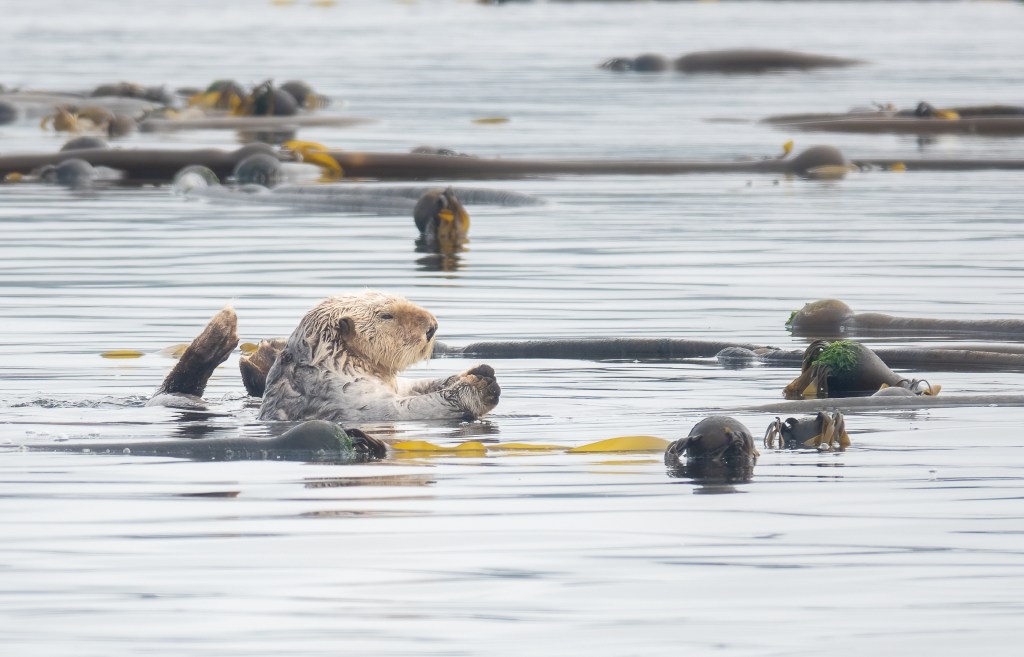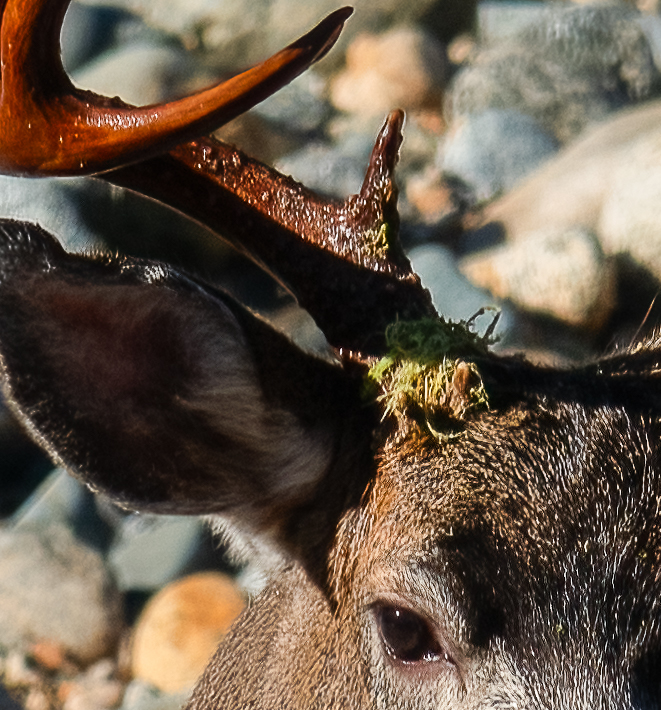My posts from British Columbia got very long (sorry!), so I kept having to stop myself adding even more. Now that you are recovered from festive eating, here is something that got left out.
This is a banana slug, Ariolimax columbianus, posed on my hand for scale; they can be up to 25cm (10 inches) long. In many areas they are bright yellow, hence their name, but this was largely black. The striated lower portion is its foot.
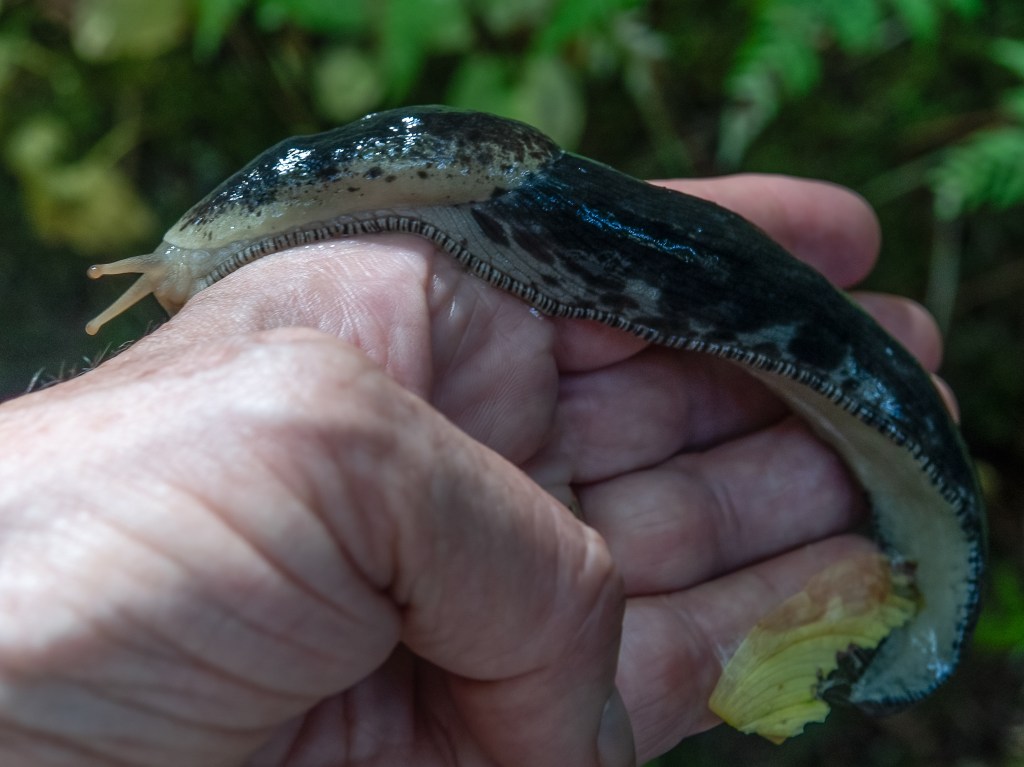
Slugs are lopsided. They have just a single lung on the right, and a single orifice for breathing, called a pneumostome on their right side of their mantle. (The dark mark above it is just skin coloration.)

They have four tentacles on their head. The top two (on the left in the photo below) are called eyestalks, and detect light or movement, and also smells. There is a light-sensitive spot on the end, visible on the lower tentacle. The bottom two (on the right in the photo) are for touch and taste. If they get damaged, the slug can grow new ones.
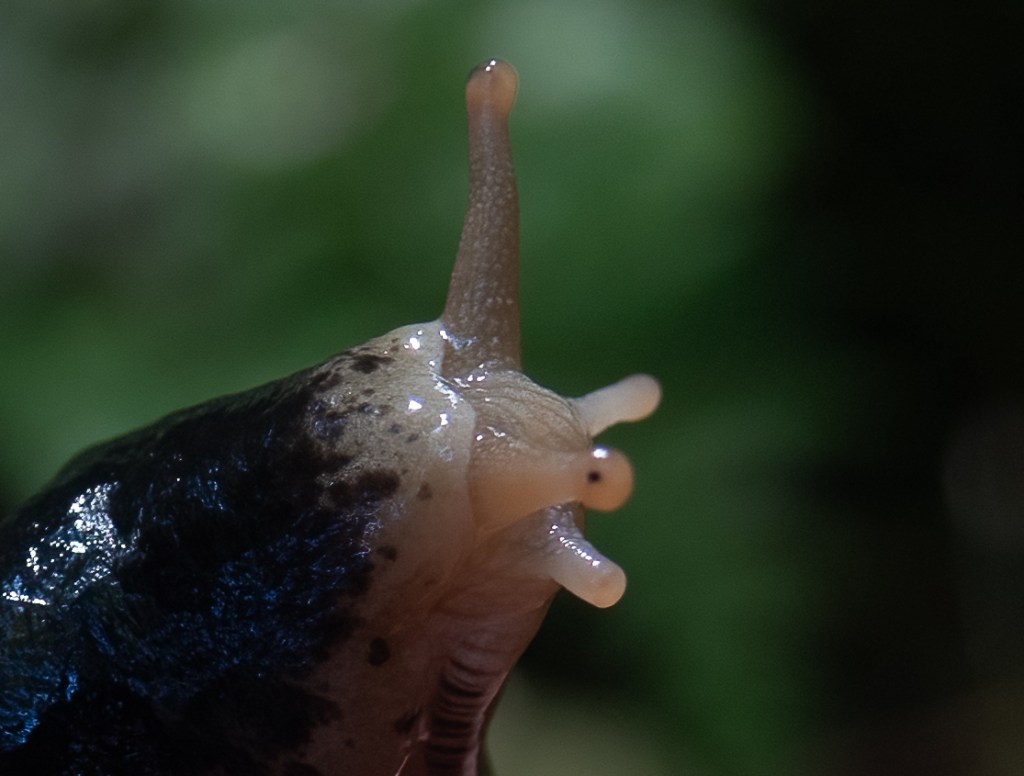
This image from Oregon State University shows the slug’s anatomy really clearly.

Slugs like the rainforest for a reason: they are at risk from dehydration, and so their body is covered in a fascinating (if disgusting) mucus that helps protect from this.

The mucus is neither a liquid nor a solid, but a sort of liquid crystal which can absorb (and store) up to 100 times its volume in water. Apart from its off-putting texture, it contains a chemical that has a numbing effect on predators. The local challenge is to kiss a banana slug, and your lips will then be numb for several hours. I considered it, but declined.
Thank you for reading my musings, and have a wonderful 2024.






